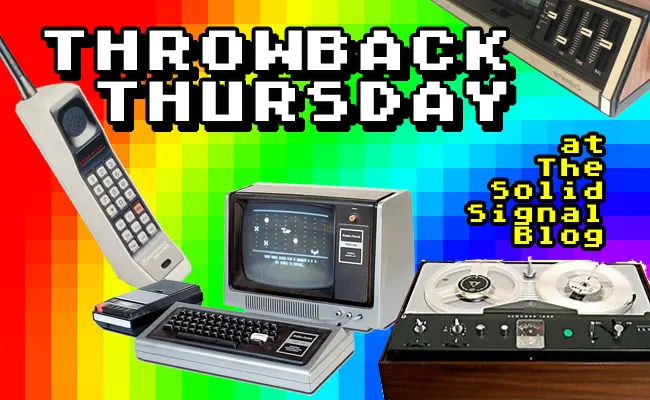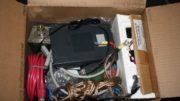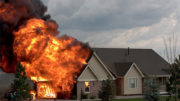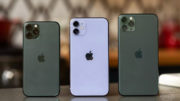This week we set the knobs on our time machine back 13 years to the last week of 2009. Cell phone signal boosters were almost unknown back then. One of the first companies on the market was Wireless Extenders, later known as Wi-Ex.
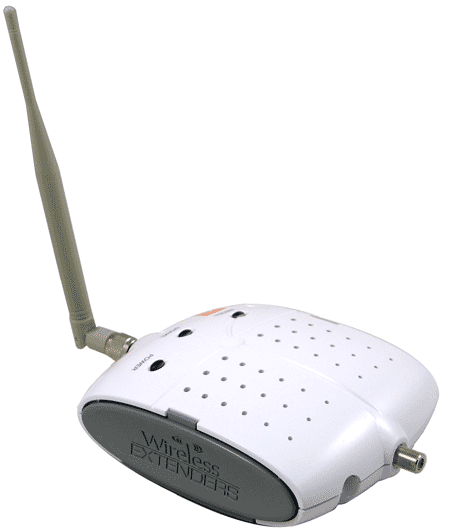
The Wi-Ex 510, later known as the YX510 (get it?) was a revolution in cell booster technology. While other companies wanted to sell you individual parts, the YX510 included everything you needed. It was in a lot of ways the prototype for every residential cell booster sold today. Care to take a look?
What it brought to the table
The YX510 was a dual band booster, meaning that it would handle both the PCS and CELL frequencies. At that time it was really important that a booster supported the voice bands for analog and early 2G phones as well as the then-new 3G phones. This technically did give you a boost for data, but only because 3G data often traveled on the same frequencies as voice.
It was also one of the most powerful boosters on the market at the time, with a maximum output power of 60dB. Most boosters at the time, including Wi-Ex’s other boosters, offered 45dB boost. Today that’s considered appropriate for a small room, a truck, or an RV. 60dB is considered the minimum to give you good boost in an apartment.
At a time when a lot of residential cell phone signal boosters were using large 50-ohm cables with connectors the size of a quarter. the YX510 used plain old RG6 cable meaning it was easy to get through walls. If you had cable left over from a TV installation, you could use it too.
We liked it at the time.
Here are Mike and Kortney talking about the booster in their video review. Yes, the hairstyles haven’t exactly held up but it’s still a good video:
We also have the original review, published here.
Honestly, this was a very solid booster. The only thing it lacked was true output power. Later iterations of this booster had higher broadcast power despite having less amplification. This made them less expensive and also better performing.
Wi-Ex later became part of the weBoost family, and was sold for several more year before being discontinued. You can still get the successor, now known as the weBoost Home Studio, from Solid Signal. You can also get a lot of other great boosters that offer a lot more range and power if you need it. Not to mention, I think that weBoost has done a great job with making their products attractive over the years. If I have one complaint about the YX510, at least looking at it now, is that it’s kind of a little dated looking, and I thought it was even then.
Looking ahead
You have to hand it to those pioneers of the late 2000s for doing the beginning work on cell phone signal boosters. Today’s boosters are better in every way, but really the booster era started with parts like this YX510.

